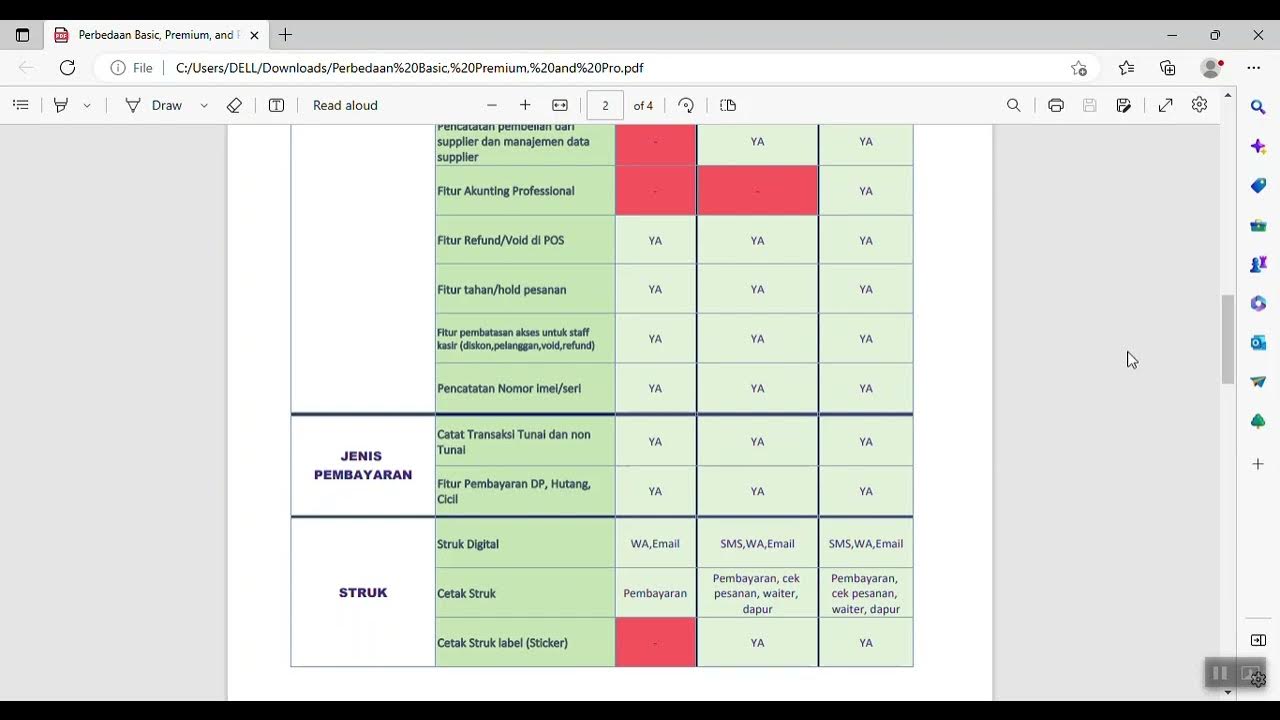Cities are a Game Changer in Civ 7! (Towns, Districts & Cities)
Summary
TLDRCivilization 7 promises to transform city management with streamlined gameplay and innovative features. By reducing the number of city districts and eliminating micromanagement, such as builders and tile workers, the game aims to keep players engaged. New mechanics like 'culture bombing' and the introduction of towns, which can be converted to cities using 'influence' currency, offer fresh strategic depth. These changes not only simplify gameplay but also reflect the historical evolution of cities, potentially revolutionizing the Civilization series.
Takeaways
- 🌟 Civilization 7 introduces significant changes to city management, aiming to address common player fatigue in strategy games.
- 🎮 The game reduces micromanagement by streamlining city districts, which now come in only two types: urban and rural.
- 🏛️ Urban districts in C7 start with two slots for buildings and can specialize in areas like science, culture, or commerce.
- 🌾 Rural districts handle tile improvements and are managed from the city screen, diverging from the builder system of Civ 6.
- 🏙️ Players can place a new district each time a city's population increases, removing the need to manage citizen work tiles.
- 🌐 Adjacency bonuses and unique building effects are lost over time, encouraging players to rebuild and evolve their cities.
- 🏡 The introduction of 'towns' as smaller settlements attached to cities reduces the number of cities a player must manage directly.
- 💰 Towns provide resources and gold to the main city and can be converted to cities using a new game currency called 'influence'.
- 🔄 The new mechanics are designed to reflect the historical evolution of cities and to add a layer of strategy to city development.
- 📈 The changes are expected to make the game more engaging by reducing complexity while adding depth to city planning and growth.
Q & A
What is the main challenge in Civilization 6 that Civilization 7 aims to address?
-The main challenge is the micromanagement of many cities and units, which can become tiresome and lead to players losing interest before the game's end.
How does Civilization 7 plan to streamline gameplay?
-Civilization 7 plans to streamline gameplay by introducing new features and reducing micromanagement, such as removing Builders and simplifying city districts.
What are the two types of city districts in Civilization 7?
-The two types of city districts in Civilization 7 are Urban Districts and Rural Districts.
How does the building placement in Urban Districts differ from Civilization 6?
-In Civilization 7, all buildings are placed in Urban Districts, whereas in Civilization 6, each type of building had a unique district.
What is the initial number of building slots in an Urban District during the Antiquity age?
-The initial number of building slots in an Urban District during the Antiquity age is two.
How does the removal of Builders in Civilization 7 affect gameplay?
-The removal of Builders reduces micromanagement, as players no longer need to manage which tiles their citizens are working on.
What is the new feature of 'culture bombing' in Civilization 7?
-In Civilization 7, districts 'culture bomb' tiles adjacent to them when they've been completed, which encourages overbuilding and the evolution of cities.
How do towns function in Civilization 7 and how do they differ from cities?
-Towns in Civilization 7 are smaller settlements that provide access to nearby resources and gold output for the city they are attached to. They differ from cities in that they do not have a build queue and can be converted to cities using Influence.
What is the new currency introduced in Civilization 7 for converting towns to cities?
-The new currency introduced in Civilization 7 for converting towns to cities is Influence.
How do the changes to city mechanics in Civilization 7 reflect the evolution of real-world cities?
-The changes to city mechanics in Civilization 7, such as overbuilding and the addition of towns, better reflect the historical evolution of major cities, where central rural areas are replaced by urban ones as the city grows.
What is the potential issue with the new district placement mechanic in Civilization 7?
-The potential issue is that cities may end up looking like a strange checkerboard of rural and urban districts, which might not feel authentic.
Outlines

This section is available to paid users only. Please upgrade to access this part.
Upgrade NowMindmap

This section is available to paid users only. Please upgrade to access this part.
Upgrade NowKeywords

This section is available to paid users only. Please upgrade to access this part.
Upgrade NowHighlights

This section is available to paid users only. Please upgrade to access this part.
Upgrade NowTranscripts

This section is available to paid users only. Please upgrade to access this part.
Upgrade Now5.0 / 5 (0 votes)





